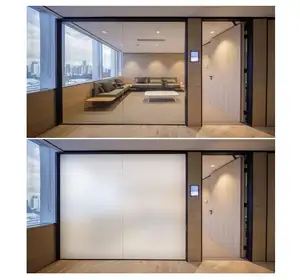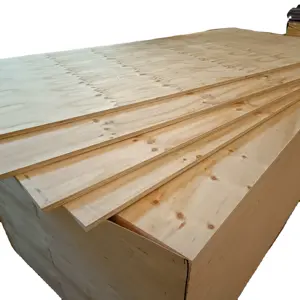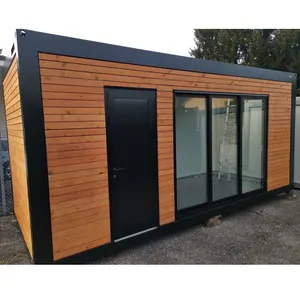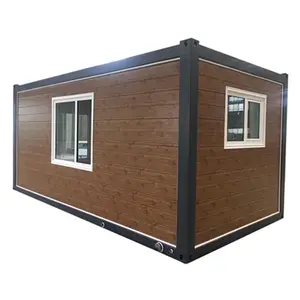Popular in your industry
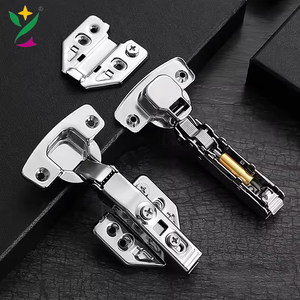




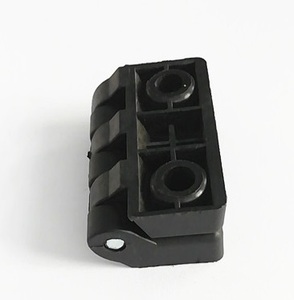

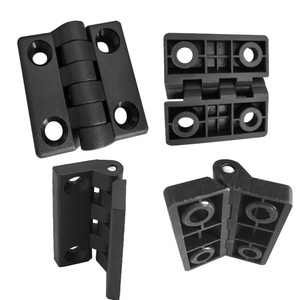








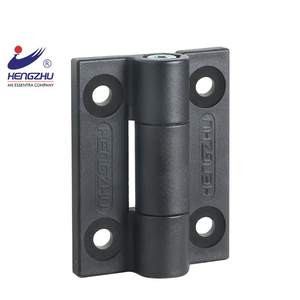






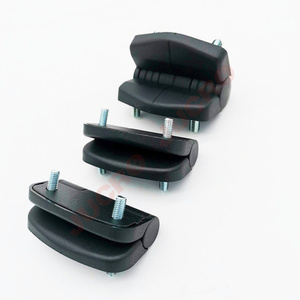








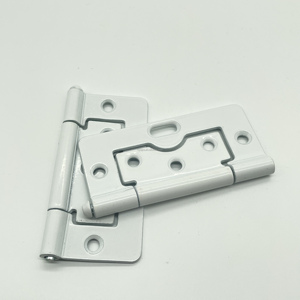


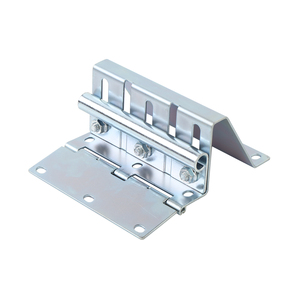









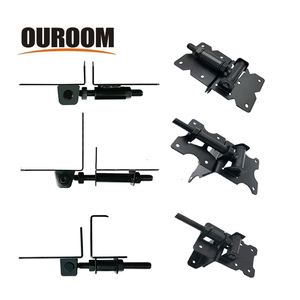



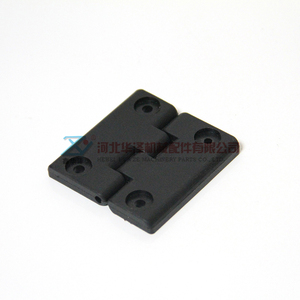

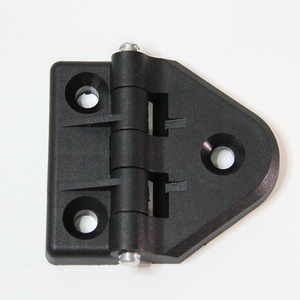



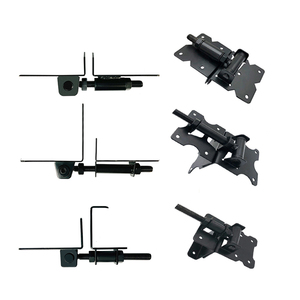








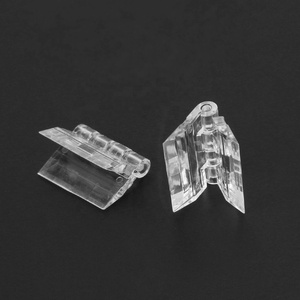
Related Searches:






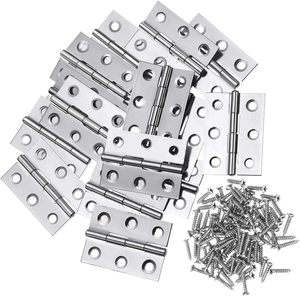



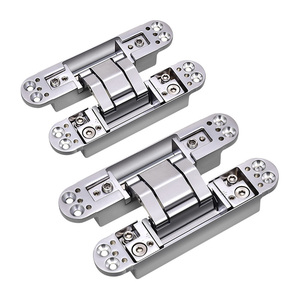

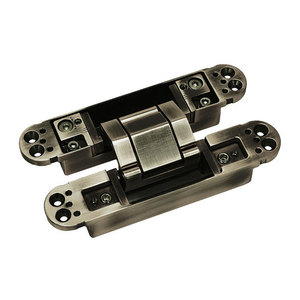


















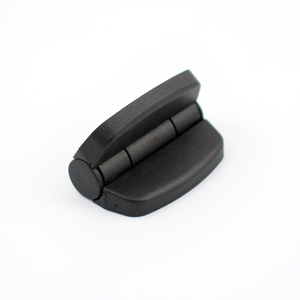



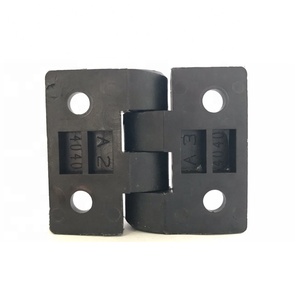


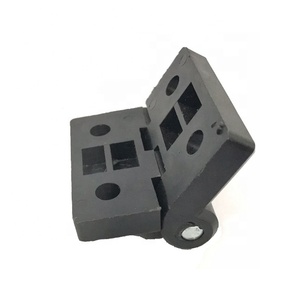
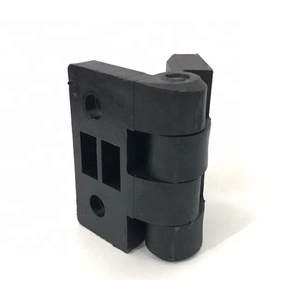



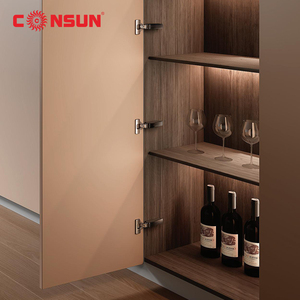
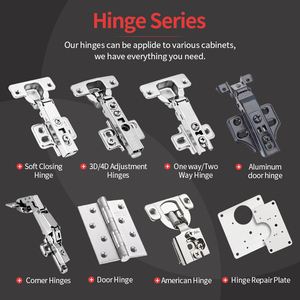






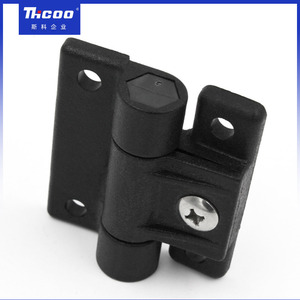

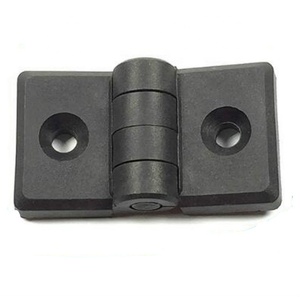



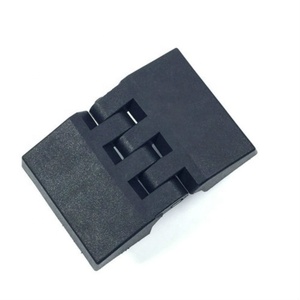






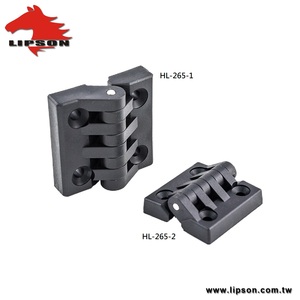

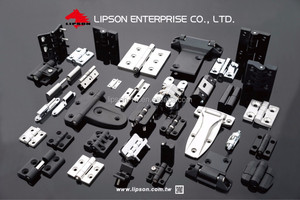















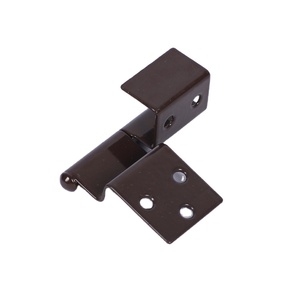


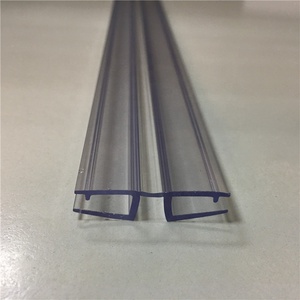



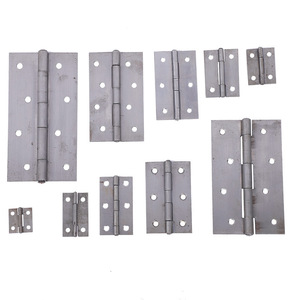
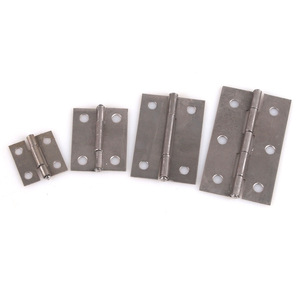
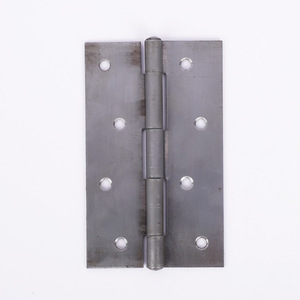




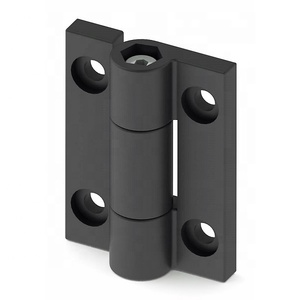



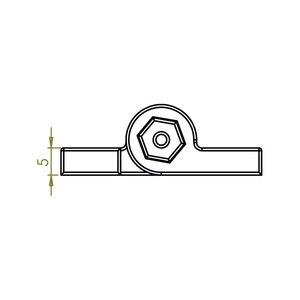









Top categories
About plastic hinge
Introduction
In the realm of design and engineering, the potential of plastic hinges is often overlooked. These simple yet innovative devices, born from the advent of polypropylene plastic in the 1950s, have revolutionized design in ways that are often unseen. From product design to architectural analysis, plastic hinges have provided cost-effective, durable, and flexible solutions. This article delves into the world of plastic hinges, exploring their history, types, properties, and their transformative role in modern design. We will also look at innovative applications, future trends, and the challenges and solutions associated with their use.
Understanding Plastic Hinges
A plastic hinge, in structural engineering, refers to the deformation of a beam section where plastic bending occurs. It's a type of energy damping device allowing plastic rotation of an otherwise rigid column connection. In plastic limit analysis, a plastic hinge is formed when a certain value of moment, known as plastic moment, is reached. This allows large rotations to occur at constant plastic moment. Plastic hinges extend along short lengths of beams, with plasticity confined to plastic hinges at points.
Historical Context of Plastic Hinges
The concept of plastic hinges, also known as living hinges, emerged with the advent of polypropylene plastic (PP) in the 1950s. Engineers discovered that PP could be bent perpendicular to its long polymer molecules at a certain thickness, creating a hinge that could be flexed countless times without breaking. This innovation, coupled with the increased use of injection molding, allowed for the production of single-piece plastic objects with separate components connected by living hinges, significantly reducing production costs and assembly time.
Types and Properties of Plastic Hinges
Plastic hinges are mechanical bearings made of plastic, used to connect two surfaces or objects while allowing for a limited range of rotation. They are commonly used for packaging, food storage containers, and other applications where the lid needs to be opened and closed repeatedly. Plastic hinges are often preferred over metal hinges due to their lightweight and corrosion-resistant properties. They weigh less than hinges made of metal, and many plastic hinges are also better protected from corrosion.
The Role of Plastic Hinges in Modern Design
Plastic hinges play a crucial role in modern design due to their flexibility and rotational capabilities. These specialized features, ranging from simple rotating parts to complex mechanisms with multiple pivot points, allow for movement within a part without the need for additional materials. Their design is meant to withstand repeated bending and flexing, making them ideal for a variety of applications. The manufacturing process, typically through injection molding, requires a high level of precision to ensure proper function and prevent issues such as jamming or wear and tear.
Influence on Product Design
Plastic hinges, particularly living hinges, have a significant influence on product design. They offer a cost-effective and durable solution, replacing traditional hinges in many applications. Living hinges are a uni-body design, eliminating the need for assembly and additional parts, thus reducing cost. They are found in everyday items like caps and closures, demonstrating their versatility. However, their design requires careful consideration, including material selection and hinge thickness, to ensure durability and functionality.
Impact on Architectural Design
Plastic hinges play a crucial role in architectural design, particularly in the analysis of new or existing buildings. They represent the plastic deformations of elements, allowing for the observation of various factors such as the ductility of cross-sectional behavior, the variation of cross-section stiffness at different moment levels, and the impact of bending reinforcement on behavior. The plastic hinge model is a behavior model that assumes nonlinear bending deformations are concentrated in a small region called a plastic joint. This model is used in the analysis of structures, providing valuable insights into their behavior under various loads.
Revolutionizing Design: Case Studies
The advent of polypropylene plastic (PP) in the 1950s led to the development of the living hinge, a design innovation that reduced production costs and assembly time. A notable case study is the plastic lunchbox designed in the early 1960s. The lunchbox, featuring a living hinge, represented a shift from metal to plastic lunchboxes. This design streamlined production and assembly, as the object could be made as a single, blow-molded unit. It also offered consumers an all-in-one product that was stain- and odor-resistant, easy to clean, and available in various colors.
Innovative Applications of Plastic Hinges
The advent of polypropylene plastic (PP) in the 1950s led to the development of the living hinge, a thin, flexible piece of plastic that connects containers to their lids. This hinge can be bent and unbent countless times without breaking, making it a revolutionary design element. An example of its innovative application is seen in the plastic lunchbox designed in the early 1960s. The lunchbox, made as a single, blow-molded unit, featured a lid and a bottle lock that pivoted open via living hinges. This design streamlined production, reduced assembly time, and offered a stain- and odor-resistant product to consumers.
Future Trends and Potential
The future of plastic hinges in seismic design is promising, with the development of rapid repair methods for earthquake-damaged bridges. These methods, which anticipate the need for quick measures following significant seismic events, use capacity design principles to protect the remainder of the bridge from future earthquakes. The concept involves using U-shaped metallic plates as externally attached ductile fuses, anchored to the non-damaged part of the column, bypassing the damaged zone to restore lateral capacity. This innovative approach not only restores the lateral capacity but also protects the column from further damage, showing the potential of plastic hinges in future resilience of infrastructures.
Challenges and Solutions
Living hinges, while advantageous, come with certain challenges. Material selection is limited, with Polypropylene and Polyethylene being the best options. They are not suitable for load-bearing applications parallel to the hinge. Designing a living hinge requires time and effort, and often needs adjustments post-molding. Environmental factors like UV exposure and chemical exposure can affect the hinge's longevity. Post-processing, like cold drawing, can increase durability but adds to manufacturing cost. Prototyping living hinges is challenging due to strict dimension and material requirements.
Environmental Considerations
Plastic's versatility has made it one of the most commonly used materials globally. However, this dependency has severe environmental implications. A recent study revealed that of the 8.3 billion metric tons of plastic produced in history, only 9% has been recycled. The rest has ended up in landfills, landscapes, or oceans. As we grapple with this global consumption crisis, it's worth considering how design innovations like the nearly inexhaustible living hinge can prolong the lifespan of everyday plastics, inspire creative reuse, and reroute these products away from landfills and the natural landscape.
Overcoming Design and Manufacturing Challenges
Designing and manufacturing plastic hinges, particularly living hinges, can present challenges. The key to a durable hinge lies in aligning plastic molecules, achieved by ensuring uniform flow along the hinge during injection molding. Material selection is critical, with Polypropylene and Polyethylene being the best choices. However, environmental factors like UV exposure and chemical contact can affect hinge longevity. Post-processing, such as cold drawing, can enhance durability but may increase manufacturing costs. Prototyping is a valuable tool for refining hinge design without significant investment.
Conclusion
Plastic hinges, particularly living hinges, have revolutionized design in myriad ways. Their lightweight, corrosion-resistant properties, and ability to withstand repeated bending and flexing have made them a preferred choice in various applications. From influencing product design to playing a crucial role in architectural analysis, their impact is significant. Despite the challenges associated with material selection, design, and environmental considerations, solutions like careful prototyping, post-processing, and innovative applications continue to unlock their potential. As we look to the future, the role of plastic hinges in seismic design and infrastructure resilience shows promising potential. As we grapple with the environmental implications of plastic use, it's worth considering how design innovations like plastic hinges can inspire creative reuse and prolong the lifespan of everyday plastics.
